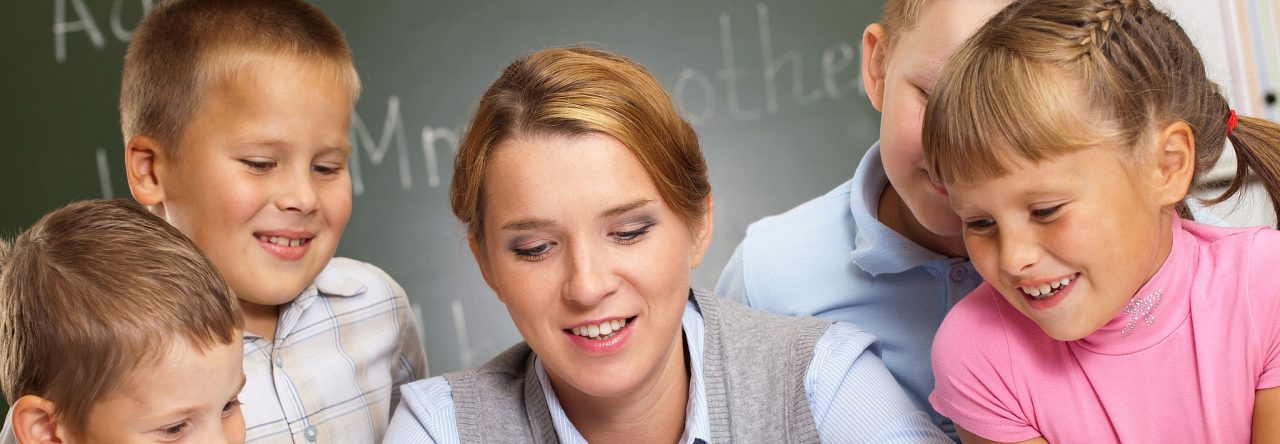In today’s day and age, it’s not uncommon for class sizes to reach numbers that top 20 students. This can be beneficial.
However, it can also be problematic and lack benefits, depending on the students in the class and individual personalities.
So, what are the benefits of smaller class sizes, then? Here are a few.
Classrooms become a community
It’s easier for students to connect with their classmates and teachers when there are fewer people to make connections and form bonds with.
Smaller class sizes allow the classroom to become a community, making it easier to make friends, focus on work, learn, and build social skills.
One on one time
With fewer students in the classroom, teachers’ time is spread less thinly among them. This means that each student can benefit from one-on-one time with teachers – more so than he or she would in a large, busy classroom.
Every student is noticed
Often, in larger classes, there are a handful of students who seemingly “slip between the cracks”. That is, who don’t get noticed and who don’t speak up/share their opinions.
In smaller classes, students are encouraged to participate in discussions.
Fewer disruptions
When a classroom has 20 plus students in it, it’s hard for teachers to keep control of the class. Even the most organized, loved teachers have hard days that seem to be more discipline than learning.
Having a smaller class size can cut down on the amount of disruptions that a classroom has each day, leaving more room for learning.
Even better yet, a smaller class size means fewer distinct personalities and personality clashes, which, quite frankly, are bound to occur regularly.
Coursework adaptations are easier
In large classes, it’s harder to alter the way materials are taught. Not only is there too many students to truly sit and get to know, but there’s also a wider variety of learning styles to adhere to.
In a smaller class, teachers can get to know students more quickly and work to find a set of coursework presentation styles that work for the majority of the students.
In addition, the coursework itself can be altered. For example, if a group of students is already great at adding? The teacher can quickly go over it, do a bit of refreshing, and then move on to another subject.
Personalized feedback
When there are fewer students work to mark, teachers have more time to go over the work with the students.
This means that the student gets more thorough, personalized feedback that helps them moving forward.
A happy teacher
Generally, smaller class sizes mean less stress on the teacher. Less stress means that the teacher in question is likely to be in a better mood, less stressed out, and enjoy his or her job more than he/she would otherwise.
This benefits the students because a happy teacher and an overall happy atmosphere within the classroom is conducive to efficient learning, problem solving, and relationship building.





